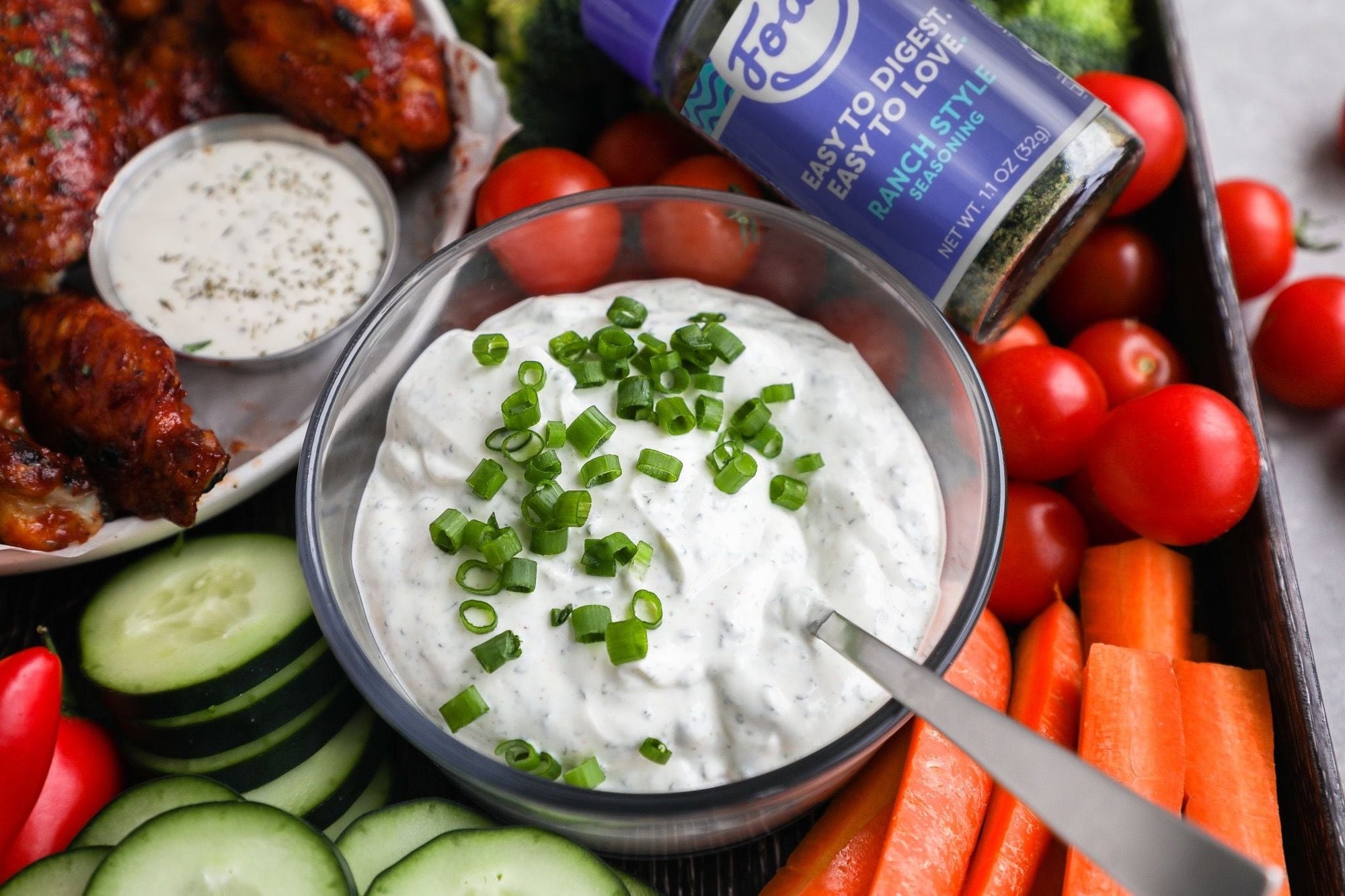Homemade Lye Soap Recipe for Beginners: A Step-by-Step Guide
Guide or Summary:Understanding Lye in Soap MakingIngredients for a Basic Lye Soap RecipeEquipment NeededStep-by-Step Guide to Making Lye SoapTips for Succes……
Guide or Summary:
- Understanding Lye in Soap Making
- Ingredients for a Basic Lye Soap Recipe
- Equipment Needed
- Step-by-Step Guide to Making Lye Soap
- Tips for Successful Soap Making
Creating your own soap at home can be a fulfilling and cost-effective way to ensure you know exactly what ingredients are going into your personal care products. If you're new to soap-making, a lye soap recipe can seem intimidating at first. However, with the right guidance, even beginners can successfully craft their own bars of soap. This guide will walk you through the process step-by-step, ensuring you understand each stage and feel confident in your soap-making journey.
Understanding Lye in Soap Making
First and foremost, it's essential to understand what lye is and why it's used in soap making. Lye, also known as sodium hydroxide, is a strong alkaline substance that is crucial for the saponification process. Saponification is the chemical reaction that occurs when lye is mixed with fats or oils, resulting in soap and glycerin. Without lye, you cannot make real soap. However, when properly handled and used in the correct proportions, lye is entirely safe and results in a product that is free of any remaining lye once the soap has cured.
Ingredients for a Basic Lye Soap Recipe
To get started with your homemade lye soap recipe, you'll need the following ingredients:
- **Lye (Sodium Hydroxide)**: This is the key ingredient that will react with the oils to create soap.
- **Distilled Water**: Using distilled water ensures that no impurities interfere with the saponification process.
- **Oils and Fats**: A combination of oils and fats will determine the soap's hardness, lather, and moisturizing properties. Common choices include olive oil, coconut oil, and palm oil.
- **Essential Oils (Optional)**: These can be added for fragrance and additional skin benefits.
- **Additives (Optional)**: Ingredients like oatmeal, honey, or herbs can be added for texture and extra skin benefits.
Equipment Needed
You'll also need some basic equipment to make your soap:
- **Digital Scale**: Accuracy is crucial in soap making, so a digital scale is necessary for measuring ingredients.
- **Heatproof Containers**: For mixing lye and oils.
- **Stainless Steel or Silicone Spoon**: For stirring the mixture.
- **Thermometer**: To monitor the temperature of your lye and oils.
- **Soap Mold**: To shape your soap bars.
- **Protective Gear**: Gloves and goggles to protect your skin and eyes from the lye.
Step-by-Step Guide to Making Lye Soap
1. **Prepare Your Workspace**: Ensure your workspace is well-ventilated and free from distractions. Lay out all your equipment and ingredients before you begin.

2. **Measure Ingredients**: Using your digital scale, measure out the lye, distilled water, and oils according to your recipe.
3. **Mix Lye and Water**: Carefully add the lye to the water (never the other way around) and stir until the lye is fully dissolved. This mixture will heat up rapidly, so be cautious. Allow it to cool to around 100-120°F.
4. **Heat Oils**: While the lye solution is cooling, heat your oils in a heatproof container until they reach the same temperature range as the lye solution.
5. **Combine Lye Solution and Oils**: Slowly pour the lye solution into the oils while stirring continuously. Use a stick blender to mix the solution until it reaches "trace," which is the point where the mixture thickens and leaves a trail when drizzled over the surface.
6. **Add Fragrance and Additives**: If you're using essential oils or other additives, now is the time to mix them in.
7. **Pour into Mold**: Pour the soap mixture into your mold, smoothing the top with a spoon or spatula.
8. **Cure the Soap**: Cover the mold with a towel and let it sit for 24-48 hours. Once it has hardened, remove the soap from the mold and cut it into bars. Allow the bars to cure for 4-6 weeks in a well-ventilated area. This curing time allows the soap to harden and ensures all the lye has been neutralized.

Tips for Successful Soap Making
- **Safety First**: Always wear protective gear when handling lye and work in a well-ventilated area.
- **Accurate Measurements**: Use a digital scale for precise measurements to ensure the chemical reaction occurs correctly.
- **Temperature Control**: Keep a close eye on the temperatures of your lye solution and oils. They should be within 10 degrees of each other when combined.
- **Patience**: Allow your soap to cure fully before using it. This ensures a hard, long-lasting bar that is safe for your skin.
By following this detailed guide, you'll be well on your way to creating your own homemade lye soap. Not only will you enjoy the satisfaction of crafting your own soap, but you'll also have a product tailored to your preferences and skin needs. Happy soap making!